Contents
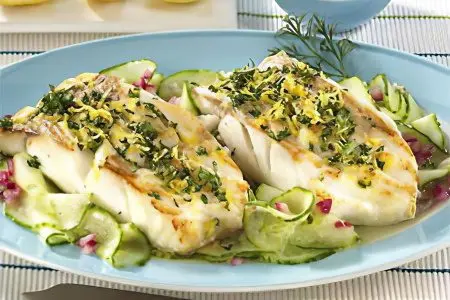
The use of a special diet is an essential component of the treatment regimen for acute and chronic gastroduodenitis. With this disease, inflammation of the mucous membrane of the stomach and duodenum occurs, so the main goal of the diet is to create a sparing diet, exclusion from the menu of irritating factors.
The principles of all types of diet for gastroduodenitis:
Exclusion from the diet of long-digesting foods;
Serving food in boiled or pureed form;
Serving dishes warm, avoiding excessively hot and cold foods;
Six meals a day at a strictly defined time;
Restriction of salt intake;
Refusal from fatty, fried, smoked, pickled foods, from spices and spices, from alcohol and canned products.
The type of diet used in the treatment of different types of gastroduodenitis depends on the acidity of gastric juice, on the form and stage of the disease.
Indications for choosing a diet
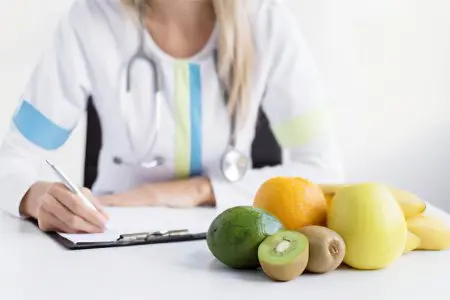
In various forms of the disease, you should use diet No. 1 with its varieties, or diet No. 2. During the recovery period, after the relief of the main symptoms, diet No. 15 is prescribed.
The choice of power system – the main indications:
Diet number 1 – used during the treatment of gastroduodenitis in remission and exacerbation against the background of increased or normal acidity of gastric juice;
Diet No. 1a – used in the stage of exacerbation of the disease with increased acidity;
Diet number 1b – applied after the previous diet;
Diet number 2 – is used during the treatment of gastroduodenitis in remission and exacerbation against the background of low acidity of gastric juice.
Diet No. 15 is practically no different from the diet of an ordinary person leading a healthy lifestyle, except that it retains fractional meals in small portions. Additionally, it is practiced to refuse snacks on the go, from fried, smoked and canned foods, spices and alcohol. The food used in this diet should be warm, or “room” temperature.
How to eat with exacerbations of gastroduodenitis
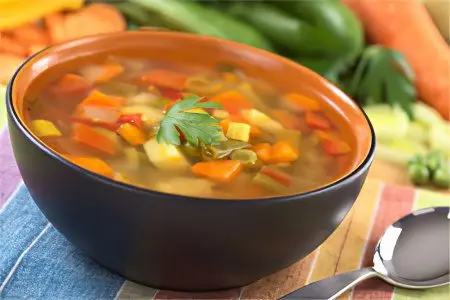
On the first day of exacerbation of the disease, the patient should only drink, food is not recommended. You can drink unsweetened tea or boiled water. After 2-3 days from the onset of exacerbation, with normal or increased acidity of gastric juice, they switch to diet No. 1A.
The main provisions of diet number 1A:
Daily calorie content – 1800 kcal, it is achieved by reducing the proportion of carbohydrates in the diet;
The products are boiled or steamed, served in a homogenized form (mashed, in the form of gruel), at room temperature;
Salt intake is minimal;
Fractional nutrition;
Products that stimulate the secretion of gastric juice and irritate the mucous membrane of the intestines and stomach are not allowed;
You need to drink at least one and a half liters of fluid per day.
In order for the regeneration of the mucous membrane to occur in an accelerated mode, on the 6-8th day from the onset of the disease, they switch to the next diet.
The main provisions of diet number 1B:
Fractional nutrition;
Food is steamed;
The amount of carbohydrates in the diet is reduced, proteins and fats are in the optimal ratio;
You can not eat foods with a dense structure and dishes that stimulate the secretion of gastric juice;
Hot and cold dishes are prohibited, the amount of salt is limited;
Soups are cooked on a slimy broth.
The length of stay on a sparing diet depends on the type of gastroduodenitis. With superficial gastritis, this period can be reduced, and with erosive duodenitis, on the contrary, extended until the healing of ulcers and erosions on the mucous membrane.
When the patient’s condition improves, the turn of diet No. 1 comes, following its rules:
Method of cooking – boiling, baking without a crust, stewing;
Grinding and mashing food is not necessary;
Portions remain small, nutrition is fractional;
Significantly limiting salt is not necessary;
The use of raw berries and fruits is not recommended;
Vegetable juices are allowed on the menu.
With the improvement of the patient’s condition, the volume of portions increases, the restrictions are gradually removed, and there is a transition to diet No. 15.
With reduced acidity of gastric juice, diet No. 2 is used, the purpose of which is to normalize gastrointestinal motility, stimulate secretory function.
The main provisions of diet number 2:
Daily calorie content – 3000 kcal;
Diet – 4-5 times a day;
You can’t overeat;
Cooking mode – boiling, baking and frying without a crust, stewing;
The last meal should end 2 hours before bedtime.
Increasing the proportion of foods high in fiber and connective tissue.
Qualitatively, the diet with low acidity is physiologically complete – strong broths, vegetables and fruits, all types of oils, various sauces are allowed.
Diet number 1 – allowed and prohibited foods
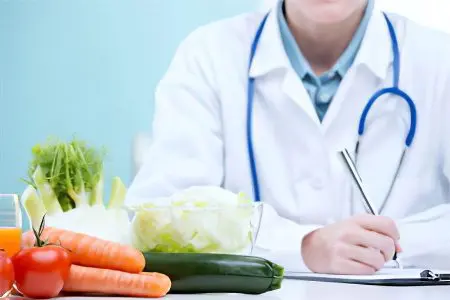
The set of allowed foods in this diet and its variants is diverse enough to provide a complete menu for a week or more.
Permitted Products:
Semi-liquid semolina, rice, oatmeal, buckwheat porridge, boiled in water or milk
Flour products – lean buns, dried wheat bread, pastries stuffed with eggs, fish, rice, apples;
Boiled pasta;
Vegetable soups seasoned with cereals, chicken meat, potatoes, carrots;
Baked or boiled beef, lamb, chicken, turkey dumplings, cutlets, rabbit meat;
Dairy products – kefir, yogurt, sour cream, cream and milk, curd puddings and soufflé;
Boiled or steamed vegetables – zucchini, pumpkin, carrots, potatoes, cauliflower, salads and vinaigrettes from them;
Up to 100 g per day of fresh tomatoes;
Weakly brewed tea, fruit and berry juices with low acidity;
Soft-boiled or steamed omelettes;
Non-carbonated alkaline mineral water – Smirnovskaya, Essentuki – 17, Korneshtskaya, Jermuk.
Prohibited products:
Butter baking;
Strong rich broths;
Mushrooms in any form;
Barley, corn porridge and millet as a side dish;
Fatty fish or meat;
Fried and hard-boiled eggs;
High-fiber vegetables – turnips, radishes, radishes, red and white cabbages, bell peppers;
Acidic fruit or berry juices or fruits;
Coffee, cocoa, chocolate;
Carbonated drinks, kvass;
Pickled, pickled and canned foods;
Spices and condiments.
Alcohol is strictly prohibited, the use of fresh spicy greens is limited. All these prohibitions are aimed at limiting the secretion of gastric juice.
Diet number 2 – allowed and prohibited foods

The menu for this diet is more varied, and the restrictions are not so voluminous, but still they cannot be ignored.
Permitted Products:
Rice, buckwheat, oatmeal cooked in vegetable broth or water;
Boiled pasta from durum wheat;
Soups cooked in weak meat or vegetable broth, seasoned with cereals, pasta, meatballs from dietary meat;
Boiled, baked or fried without a crust, low-fat lamb, turkey, rabbit, chicken, lean pork;
Products from minced lean meat prepared by boiling;
Stewed or boiled low-fat fish;
Stewed, boiled, baked vegetables that do not contain coarse fiber, salads and vinaigrettes from them;
Ripe tomatoes;
Spicy fresh herbs;
Eggs, cooked soft-boiled, in the form of a steamed omelette, or in the form of fried eggs without a crust;
Fruit and berry juices of low acidity;
Mineral water with a high content of sodium chloride – narzan, kuyalnik, mirgorodskaya, minskaya.
Prohibited products:
Millet, semolina, barley and barley groats;
Fresh sweet pastries;
Fatty meat and fish;
Dishes from legumes;
Mushrooms in any form;
Vegetables high in fiber;
Strong coffee, tea;
Cocoa and chocolate;
Mayonnaise and other fatty sauces;
Pork fat, bacon;
Smoked products, canned food.
Permissible desserts are biscuits, marshmallows, non-sour jam, honey. Wine, vodka, beer, brandy are not allowed.
Pros and cons of a diet for gastroduodenitis
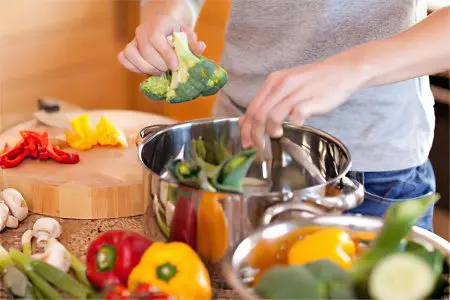
Like every system, the diet has its pros and cons.
Diet Benefits:
The activity of the gastrointestinal tract is normalized, pain, heartburn, negative symptoms are stopped;
The mucous membrane is in a sparing mode, nothing irritates it;
Products can be purchased all year round;
The diet is not too expensive, available to everyone (on average, up to 1500 rubles per week are spent).
Cons:
For the preparation of dietary dishes, qualifications are required, knowledge of the basics of cooking;
Diet No. 1A and No. 1B require restriction of motor activity, stay in bed or semi-bed rest.
A quick recovery from gastroduodenitis is impossible without following the principles of dietary nutrition.









